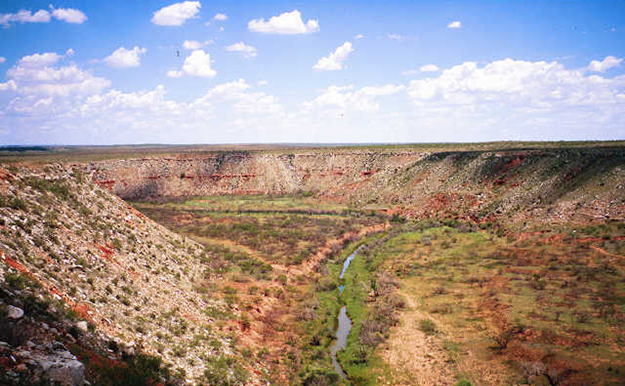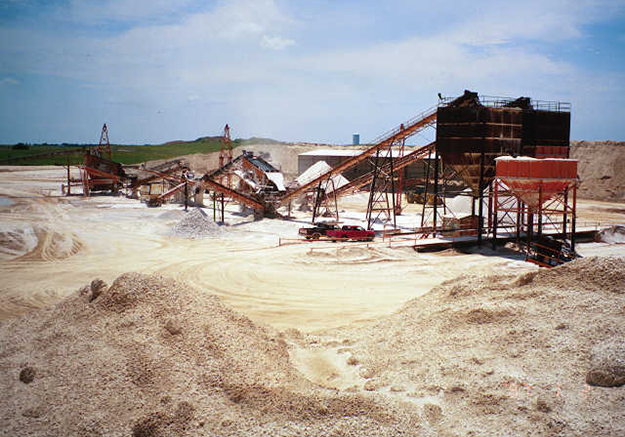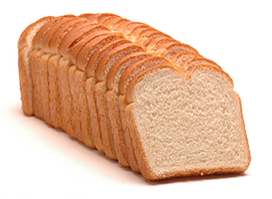As an industrial mineral, gypsum is versatile, and has many uses. In western Oklahoma, you may notice that many county roads, oil lease roads, and ranch roads are very white. Road construction in this part of Oklahoma depends on crushed gypsum rock, because other substances for this use are not available in large amounts. Gypsum is the main ingredient for making wallboard, the principal building material for walls and ceilings in home construction as well as in commercial buildings (Figure 3). Another construction application is adding gypsum to cement. Gypsum slows down the time for cement to set into a hard substance when adding water to it. This allows workers the time they need to control concrete and mortar before it sets.
Gypsum in Oklahoma
Gypsum is considered both a sedimentary rock and a mineral. Its chemical formula is CaSO4∙2H2O. Because gypsum formed when ancient seas evaporated in Oklahoma during Permian time (299-251 million years ago), geologists classify it as an evaporite. Western Oklahoma has many large deposits of gypsum totaling trillions of tons (Figure 1).

Surface quarrying methods extract all the gypsum produced in Oklahoma (Figure 2). According to the U.S. Geological Survey, Oklahoma typically ranks first among the states that produce gypsum, but occasionally it may drop to as low as fourth.


Figure 3. Installing wallboard during construction.
Gypsum is nontoxic and is approved for human consumption by the U.S. Food and Drug Administration. Used as a calcium supplement in many foods such as white bread (Figure 4) and pizza dough, its uses also include canning vegetables, brewing beer, and winemaking. So when talking about "vitamin and minerals", we mean that we really eat minerals! As a soil amendment, gypsum controls soil pH, and is especially beneficial to crops such as alfalfa, corn, cotton, peanuts, and wheat.
To learn more about gypsum and gypsum production, visit these websites:
The Gypsum Association at: https://www.gypsum.org/. See the video, The Miracle Mineral at: https://www.gypsum.org/about/gypsum-101/.
The Oklahoma Department of Mines at: https://www.ok.gov/mines/.
The United State Geological Survey’s Minerals Yearbook, Vol. I, Metals and Minerals at: https://minerals.usgs.gov/minerals/pubs/commodity/myb/.


